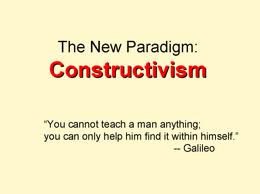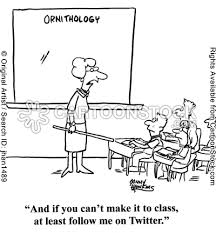
Pardon the alliteration. It just sort of happened.
Next week, I will be presenting at the National Association of Developmental Education Integrated Reading and Writing Summit. My nerves prompted me to type up this quick little blog about the mixed feelings such bravery can provoke.
As far as presenting at a conference, the most I have ever been courageous enough to do was at the state level. That was several years ago, and I was fortunate to have a very appreciative and kind crowd. Many of them stayed after to thank me for ideas, and I ended up sharing resources with several of them afterwards. The national level, however, is much more intimidating, and let me explain why.
First, teachers are a mixed bag, especially teachers who enjoy the euphemism of professorship. I have sat through my fair share of conferences and have noted the looks of disdain and even outright disgust on the faces of educators when they listen to other teachers share their philosophies, strategies, and ideas. I have, sadly enough, been one of those educators who frowned upon the disappointing ideas spewing forth from colleagues’ mouths. However, I try to always smile and remain polite anyway. Some teachers, unfortunately, do not observe the same protocol of southern niceties that I do. I have seen educators, partners in this jungle we call the higher education system, intentionally attempt to destroy presenters with clearly preconceived questions, statistical data that speaks otherwise, and even just snide remarks. Frankly folks, it scares the crap out of me.
I have always been quick on my feet and can combat a snarky comment before it completely leaves the mouth of my attacker. But in a room filled with my peers, whom I revere and even somewhat fear, I am not so sure I want to have to retaliate in that fashion. This thought leaves me with the question of what I will actually do if I get berated at the conference. My initial reaction to come back guns blazing may not be a good idea in this situation. Perhaps I will just smile and play it off with my southern accent.
On the opposite side is the fact that many educators are thankful for every single drop of information they get that could be useful to them. The room will also contain these folks, which I know are the ones I should focus on. It is so easy to focus on the haters, as my students would say. The squeaky wheel gets the oil, after all.
Educators are often elitist, much like grammarians. Most of us feel a sort of superiority in teaching prowess that far exceeds that of our peers. I believe this trait is characteristic of people who do often thankless and/or undervalued work. We are just as important, if not more so, than people in much more lucrative professions. To comfort ourselves, we consider ourselves the best at what we do. We dislike people who threaten our security. Some of us do, anyway.
I plan to remain optimistic that everyone who attends my session will be open-minded and gentle. If they aren’t, I suppose I need to smile anyway and come back with stories for my students about all the “haters” at the conference. Wish me luck! I will post an update on how it went after the conference ends and my delicate feelings have repaired themselves.
















